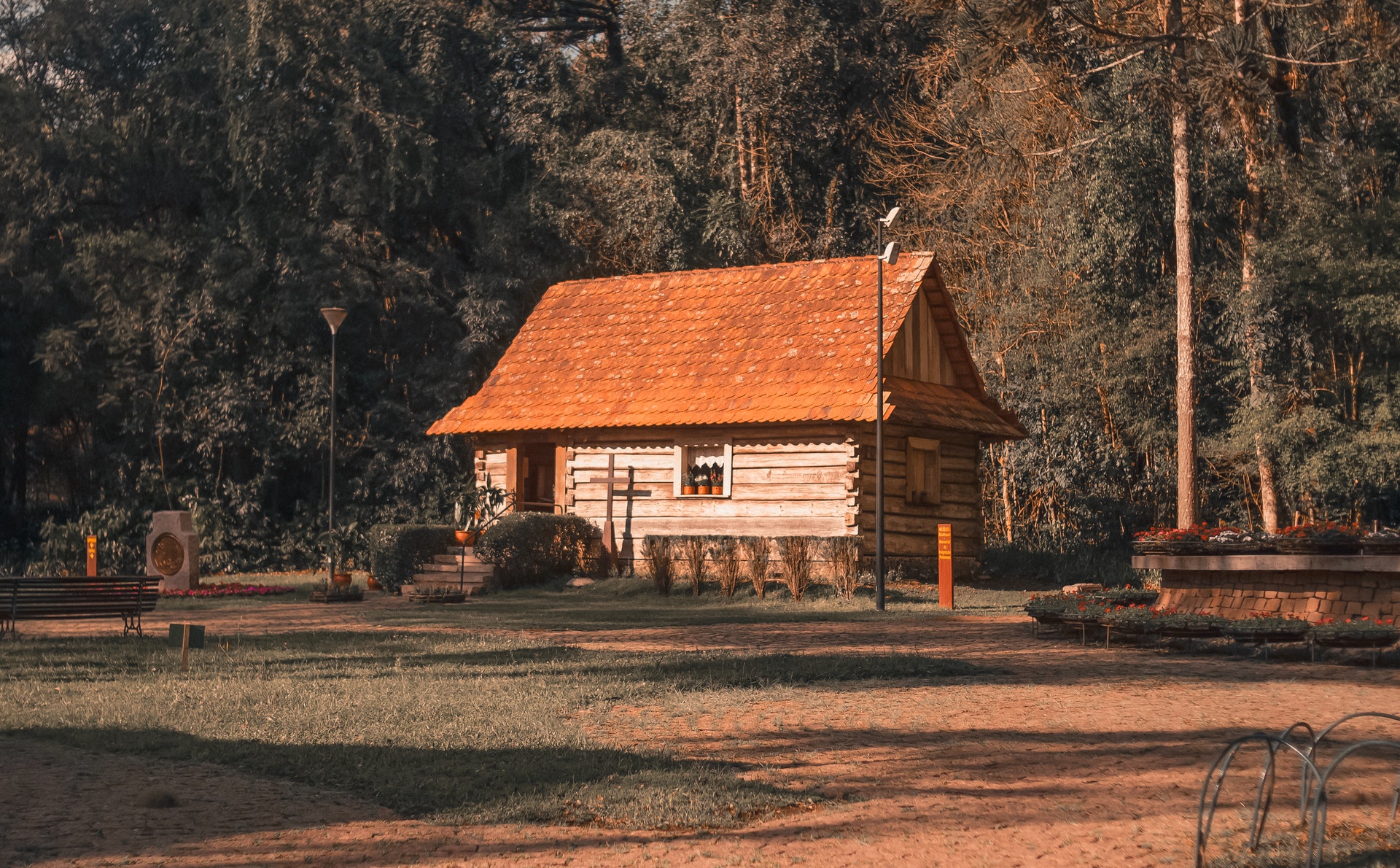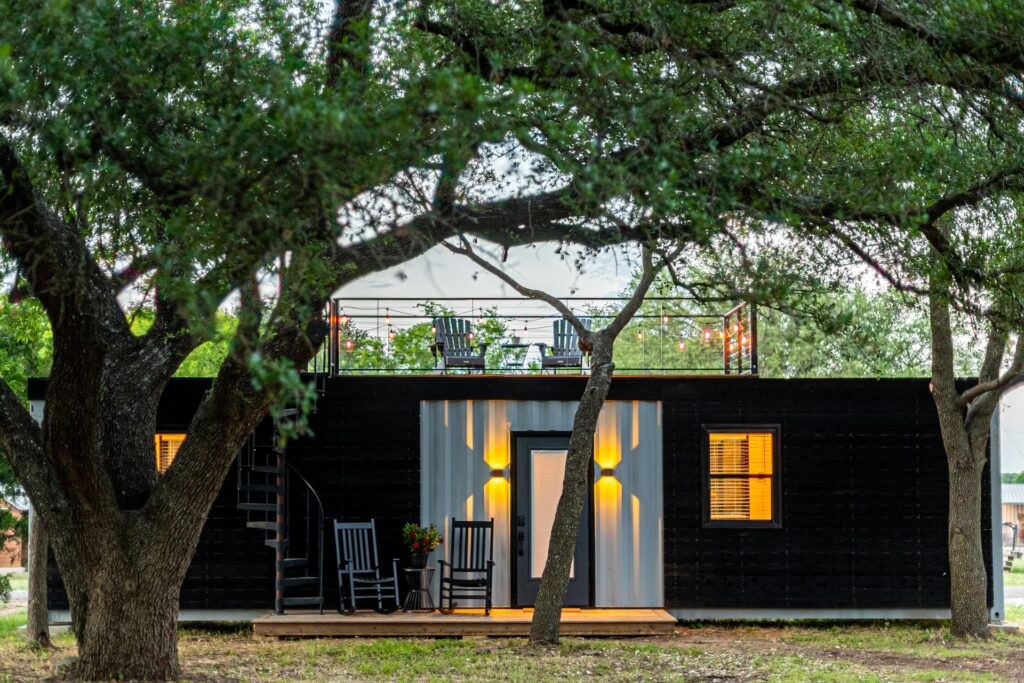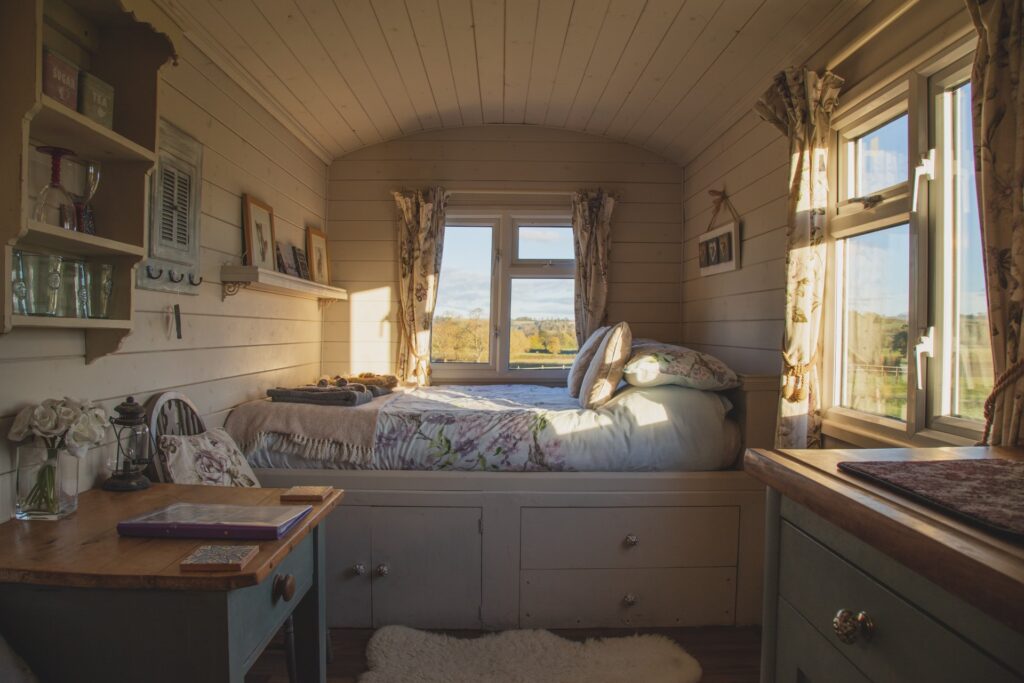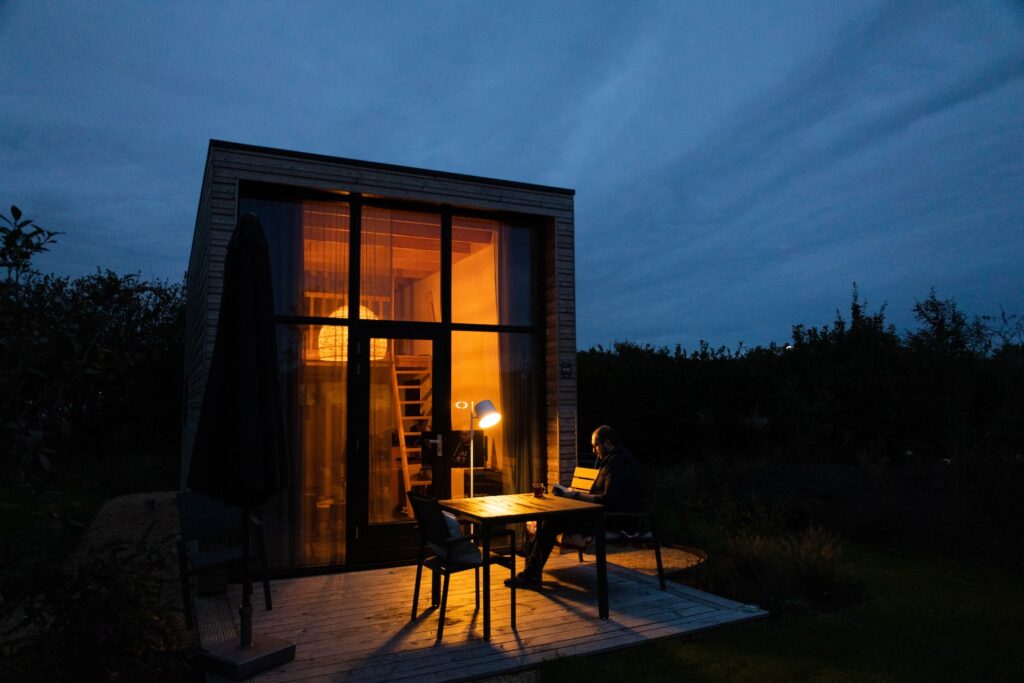
We are reader-supported. When you buy through links on our site, we may earn an affiliate commission.
Tiny houses became a cultural phenomenon over the last decade. Pictures of them on social media sites spread quickly, encouraging people to reimagine what a home looks like. Plus, people often consider them a sustainable alternative to traditional living. But what states allow tiny houses?
Even with their popularity, it isn’t possible to build a tiny house in any location. Laws haven’t caught up with this fad, so residents and contractors must read through local building codes and zoning laws to determine the minimal square footage of a home.
Some states allow tiny houses in residential areas, paving the way for this housing boom. Prospective buyers and builders can experience a faster, easier process if they have a streamlined explanation of where their tiny house dreams can thrive. Find out what states allow tiny houses, and get ready to put down roots.
What states allow tiny houses with friendly regulations?

1. Florida
People move to Florida every year for the sparkling ocean views and morning strolls on the beach. This is why the housing market is more expensive. It also may be one reason why so many tiny home enthusiasts have decided to start their lives there. It’s easier to build than buy an existing house, especially since local laws accommodate these communities.
Depending on the county, there are different requirements homeowners must meet. The square footage minimum ranges between 600-1,000 feet. For example, in St. Petersburg, accessory dwelling units (ADUs) have to be between 375 and 750 square feet in an approved zone. In Orange County, ADUs have to be at east 400 square feet.
Mobile tiny homes must move every 45 days in some places if they choose to stay in an RV park. Otherwise, mobile tiny homes must register as recreational vehicles. If you were to choose to stay in an RV park for more than 45 days, then you must set up a foundation in that park, which is the regulation in Sarasota County.
The range of counties that offer space for construction has created flourishing tiny home communities in country and waterfront settings. Places like the Gracious Tiny House Park even offer full-time parking for RV houses, which makes the state a world of opportunity for homeowners with all kinds of living-space bucket list items.

2. California
Los Angeles is the city of dreamers, including people who want to live in a tiny home. It recently made huge progress for the real estate community when it approved an Accessory Dwelling Unit (ADU) ordinance that declared movable tiny houses as permanent, habitable living spaces.
It changed the game because it wrote tiny homes into housing codes that didn’t count them as habitable living spaces before. The ordinance also allows tiny houses to exist on lots zoned for single families, and they can become rental spaces. People can now move or build their homes on more lots and live in different areas, like in the Delta Bay community.
Delta Bay is the only legal tiny house community in the northern region of California, offering country club amenities like fishing and volleyball to residents. It offers something different compared to traditional neighborhoods, which is another appeal of living in a mobile tiny home.
Since the cost of living and real estate prices are so high in California, many areas openly welcome tiny house living. Most areas consider tiny homes as ADUs. More and more counties permit tiny homes, especially because fires in California destroy single-family homes.
Tiny homes on wheels are allowed in places such as Fresno and San Francisco as long as they are on the same property as an existing residential home. However, be cautious with RVs — they are not considered a tiny home because a large population of people consider themselves nomads who lack a permanent home and address. Check with California’s Housing and Community Development Department for more information.

3. Oregon
Oregon is one of the best states for tiny home enthusiasts to consider. The legislature recently updated its statewide regulation to declare these houses a permanent dwelling. Although this requires an ADU community for every city with more than 2,500 people, each residence must still meet federal standards and the state’s building codes to proceed with construction.
Tiny homes fall into three categories in Oregon, which include permanent, temporary and transitional housing. Permanent homes have to meet the state’s regulations on building codes for permanent residential housing.
Tiny homes you can move are temporary housing. However, you must understand that there is a difference between RVs and a park model RV, although both are fine. Additionally, there are transitional tiny homes that are meant for emergency, seasonal or temporary housing. Things like yurts, cabins and fabric structures are all permitted.
Along with building codes, real estate managers and construction developers must abide by county regulations that will differ depending on the location and population. It may sound complicated, but Oregon allows places like the Simply Home Community to thrive in Portland and other cities.
It was the first tiny home community in America, and is operated by two residents who manage it based on the needs of the neighbors. The locality of the community owners is crucial to its success makes it stand out as a great place to live long term.

4. Texas
Every year, individuals and families move to Texas for a variety of reasons. There’s vast swaths of land to explore, a mix of cultures and booming cities. It’s also maintained a low cost of living and great universities, which makes it appealing to people of all ages.
The mix of residents brings a range of real estate interests, including tiny house fans. They’ve created a movement that began in the Spur. In 2014, it proudly proclaimed itself the first tiny-house town in the nation, putting it on the map. Since then, it’s sold 70 new lots to permanent residents.
The community is open to tiny homes that connect to city utilities, use flush toilets and require electrical work. The simple and free permitting process is the only requirement for establishing a life in Spur, which makes it one of the most progressive places to put down roots.
Another area quite open to tiny homes in Texas is Breckenridge. However, tiny homes must be on a permanent foundation, and they need to be at least 320 square feet. Larger cities, like Fort Worth and Austin, allow either ADUs or tiny homes. There’s no size requirement in Austin, so you can build a tiny home however you want.
Reasons Why Some States Don’t Allow Tiny Homes
There are several states across the United States that don’t allow tiny homes. Primarily, the reasons relate to building code regulations. Since tiny homes are, well, tiny, a state may not recognize it as a legitimate structure where someone can live, work or play.
The trend in tiny housing arose because people began to realize that living a minimalistic lifestyle was doable. Not everyone needs a 2,000-square-foot space to thrive. Some people just need a tiny structure no more than a few hundred square feet. Unfortunately, not all states have joined this movement, so tiny home seekers must go to a different state that is more open to tiny house living.
Again, the main reason why states don’t allow tiny homes is because of building codes. Instead of a national building code, each state has their own, so it varies from state to state. A state’s government may refuse to acknowledge that a person can actually have a valuable life inside of such a small space.
Additionally, there’s a bit of a gray area concerning what defines a tiny home in most states. Local and state governments often change their minds about what constitutes a mobile home, a camper or a small home on a foundation.
For example, many homes on wheels are considered recreational vehicles (RVs) rather than mobile tiny homes. Therefore, some places don’t allow full residency in an RV. You can’t get homeowner’s insurance on a mobile home, either.
Another reason why they’re illegal in some states is that they don’t meet safety requirements for a home. There are some rules about ensuring someone living in a house has safe stairways, ventilation, enough lights and windows, plumbing and electrical hookups.
Zoning codes also impact the ability to build tiny homes in some states. These codes work alongside building codes to determine what types of homes can be built where. Some zoning codes restrict RV parking, where others restrict the ability to build an ADU on your property.
Before constructing a tiny home, check with your local and state government concerning what is required of you if you want to build a tiny home. You certainly don’t want to build one only to be evicted from it for not meeting humane housing standards. Remember that each state and even counties can vary their rules on what constitutes a home. It’s better to do research beforehand so you can live safely and happily in a tiny home.
Which States Allow Tiny Houses to Thrive?
The popularity of tiny homes continues to grow, and more states have begun to rethink local laws that keep them from forming residential communities. As long as future homeowners watch out for how requirements change in cities, counties and states, they can live their tiny house dreams in places like these that welcome them with open arms.










